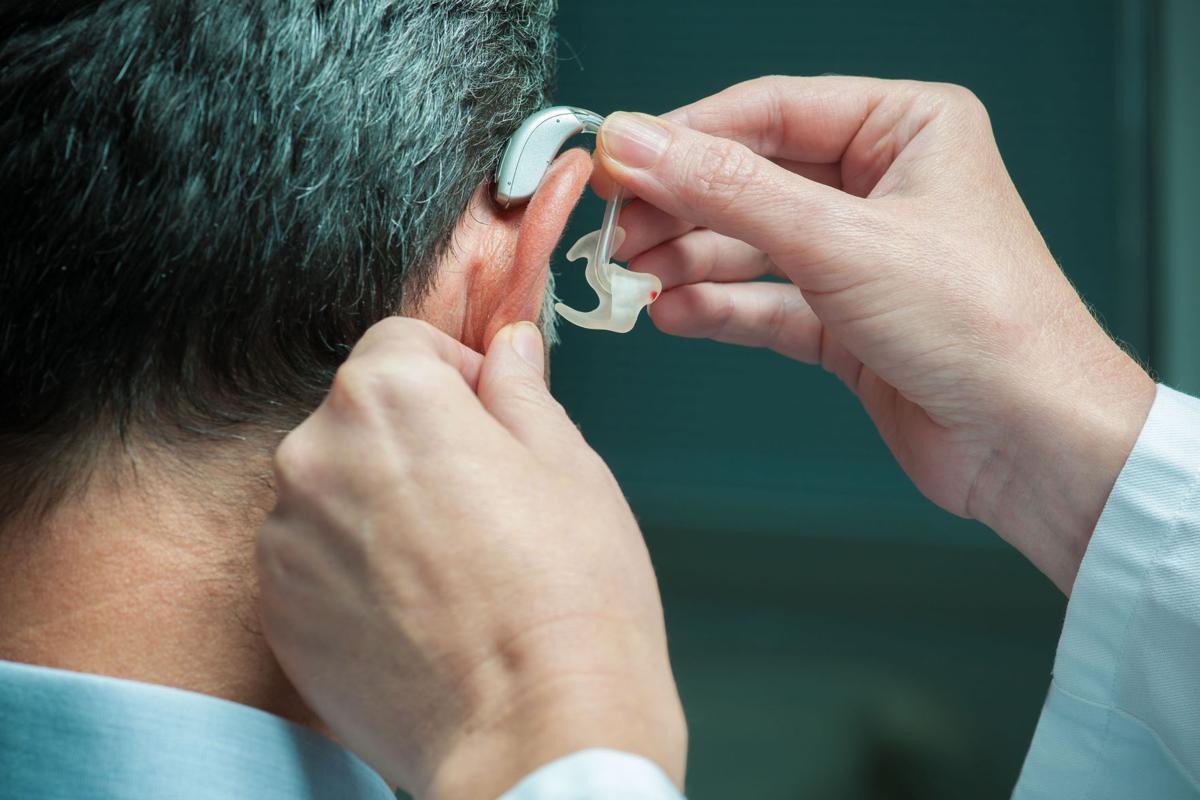A Biased View of "Navigating Social Situations with a Hearing Aid: Tips and Tricks".

In-the-ear listening to help are a prominent choice for numerous individuals along with hearing reduction. These tools go with comfortably inside the ear canal and are developed to intensify sounds, making them much easier to listen to. While in-the-ear hearing aids use lots of advantages, they also have some potential setbacks. In this post, we'll explore the pros and downsides of in-the-ear hearing help to aid you help make an informed decision regarding whether they're ideal for you.
Pros:
1. Discreet Appearance: One of the largest perks of in-the-ear hearing aids is that they're essentially invisible when worn. Unlike behind-the-ear designs which can easily be huge and obvious, in-the-ear gadgets fit appropriately inside the ear canal and are scarcely obvious.
2. Comfortable Fit: Because in-the-ear hearing aids are custom-made to match each person's ear canal, they have a tendency to be extremely relaxed to wear. They don't have any sort of components that rest responsible for the ears or on leading of the scalp that can easily cause soreness or irritability.
3. Good Sound Quality: In-the-ear listening to aids offer superb sound premium because they're positioned close to the tympanum. This makes it possible for them to magnify seems even more properly than other types of hearing assistances.
4. Very easy to Use: In-the-ear gadgets are easy and simple to use; there's no need for cords or additional extras like remote control controls or streamers.
5. Low Reviews: Because in-the-ear gadgets sit so close to the eardrum, there's minimal responses or whistling sound when using them.
Go Here For the Details :
1. Limited Component: In-the-ear tools generally have fewer function than behind-the-ear designs because there's much less space available for innovation such as directional microphones or wireless connection.
2. Electric batteries Need Regular Replacement: Because in-the-ear listening to help are smaller sized than behind-the-ear styles, their batteries tend to have a shorter life expectancy and need to be switched out extra regularly.
3. Not Suited for Severe Hearing Loss: In-the-ear listening to help are typically not ideal for individuals with intense hearing reduction because they may not give sufficient boosting.

4. Much more Prone to Damage: Because in-the-ear tools sit inside the ear canal, they're even more susceptible to moisture damage from sweat or earwax accumulation.
5. Tough to Adjust: Because in-the-ear devices are custom-made, they may be much more complicated to change than behind-the-ear styles which have flexible tubing and ear mold and mildews.
Final thought:
In-the-ear listening to aids offer several perks such as very discreet appearance, comfortable in shape, good audio quality and easy use. Nevertheless, they likewise possess some prospective downsides like minimal attribute, constant electric battery substitute need and not being suited for serious hearing reduction due to a lot less boosting. It's crucial to take into consideration your individual requirements when deciding on a hearing help style, so speak with with your audiologist before creating any type of selections.
